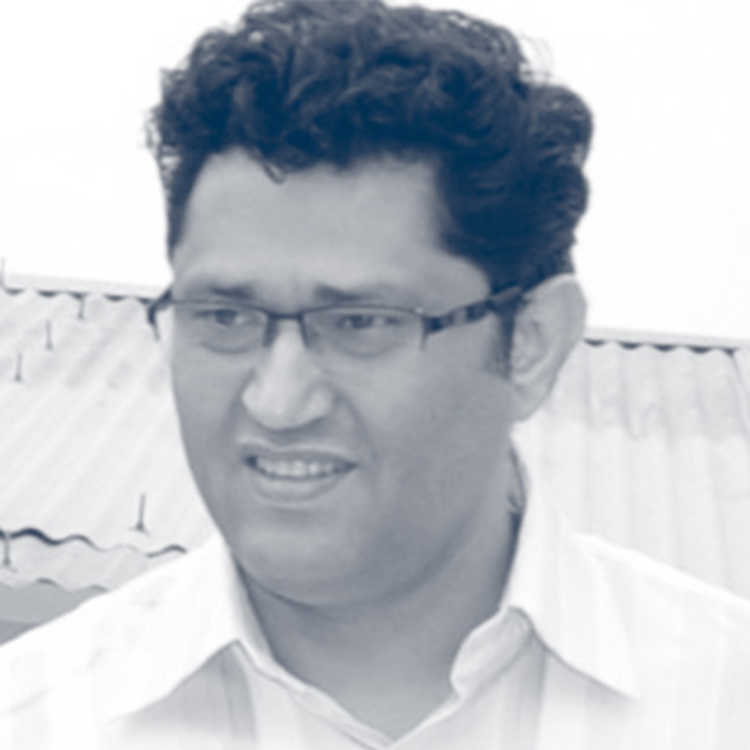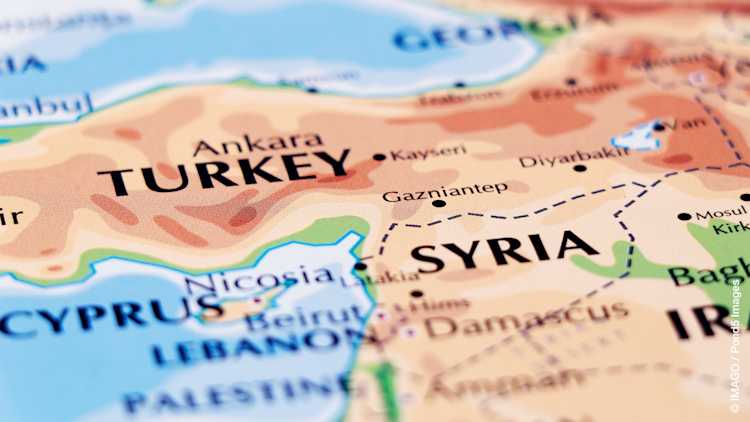- Home
- Research & Transfer
- Research Projects
- COVID-19 and the Dynamics of (Post-)War Violence: Lessons from Colombia and Syria
COVID-19 and the Dynamics of (Post-)War Violence: Lessons from Colombia and Syria
What are the effects of the COVID-19 pandemic on the dynamics of violence during and after civil wars? The project analyses the pandemic-related reconfiguration of social and political orders in a comparative study of Syria and Colombia at subnational levels. In this way, it will provide new knowledge on violence dynamics in two of the most complex conflicts today and be able to suggest crucial lessons for similar (post-)war contexts in other parts of the world.
Volkswagen Foundation, 2021-2022
Team
Head
Research Questions
What are the effects of the COVID-19 pandemic on the dynamics of violence during and after civil wars?
Contribution to International Research
Extant research from Peace and Conflict Studies on the nexus of pandemics and violence (reduction) has echoed current initiatives to foster cooperation in the health sector as a stepping stone for confidence-building in the context of armed conflict. The twofold argument is that health interventions are apolitical and can thus serve as a basis for cooperation on technical issues, e.g. vaccination campaigns, thus facilitating dialogue in other, more political realms (Percival 2017). Empirical evidence for these positive links between cooperation in pandemics or other health-related topics and violence reduction is, however, weak, and humanitarian aid and health workers are frequently targeted by violent actors. Peace and Conflict research on a conditionally pacifying, violence-reducing effect of pandemics is mixed at best. Crucial conditions are the pre-pandemic situation and the need to differentiate short-term from medium- and long-term trends.
We build on these earlier findings and develop them further: First, we move away from the dominant (inter-)state focus to zoom in on different subnational regions. This is in line with prominent research on (post-)civil war contexts, in which local and regional specificities and actor constellations decisively shape actual dynamics on the ground (for civil wars, cf. Kalyvas 2006; for post-war contexts, cf. Boyle 2014). Second, our project is time-sensitive: We differentiate between the period before the outbreak of the pandemic, the short-term effects of the pandemic on the ground (ranging from a few days to a few months) and the medium-term effects (a few months to 2–3 years). Because the outbreak of COVID-19 began in earnest in early to mid-2020 in the regions at the heart of our project, we have the unique opportunity to study this temporal process as it unfolds.
We build on these earlier findings and develop them further: First, we move away from the dominant (inter-)state focus to zoom in on different subnational regions. This is in line with prominent research on (post-)civil war contexts, in which local and regional specificities and actor constellations decisively shape actual dynamics on the ground (for civil wars, cf. Kalyvas 2006; for post-war contexts, cf. Boyle 2014). Second, our project is time-sensitive: We differentiate between the period before the outbreak of the pandemic, the short-term effects of the pandemic on the ground (ranging from a few days to a few months) and the medium-term effects (a few months to 2–3 years). Because the outbreak of COVID-19 began in earnest in early to mid-2020 in the regions at the heart of our project, we have the unique opportunity to study this temporal process as it unfolds.
Research Design and Methods
Comparative case study on Colombia and Syria as two crucial cases: both have been high on the UN peace agenda and both were also explicitly mentioned in the UNSG’s initiative. Importantly, with its 2016 peace agreement Colombia is a post-war country, while in Syria a brutal, internationalized civil war has been going on for almost a decade. In spite of further differences, such as the importance of external actors and political regime types, both countries share a history of long-standing, harrowing violence of multiple forms as well as the highest numbers globally of internally displaced people. In addition, they are paradigmatic cases for their specific regions, i.e. Latin America and the Middle East.
Structured, between- and within-cases comparison along a shared framework designed by the two PIs during the early months of the project. The framework will be developed based on the identification of the violence-related implications of COVID-19 such as (i) mobility restrictions due to lockdowns and curfews, (ii) strengthening of the executive at the national and subnational levels, and (iii) the need to provide public goods, such as access to health, food and security. The analytical framework will be discussed with our partners in Syria and Colombia in cooperation with the local offices of the Friedrich Ebert Foundation. The adjusted framework will then guide our analysis of the pandemic’s influence on different manifestations of violence, including political forms, ranging from war to repression and protest, and criminal forms, such as homicide, extortion and smuggling. While we are aware of the increasing levels of domestic violence during lockdown, we will leave this topic to others due to the lack of reliable and comparable data
Structured, between- and within-cases comparison along a shared framework designed by the two PIs during the early months of the project. The framework will be developed based on the identification of the violence-related implications of COVID-19 such as (i) mobility restrictions due to lockdowns and curfews, (ii) strengthening of the executive at the national and subnational levels, and (iii) the need to provide public goods, such as access to health, food and security. The analytical framework will be discussed with our partners in Syria and Colombia in cooperation with the local offices of the Friedrich Ebert Foundation. The adjusted framework will then guide our analysis of the pandemic’s influence on different manifestations of violence, including political forms, ranging from war to repression and protest, and criminal forms, such as homicide, extortion and smuggling. While we are aware of the increasing levels of domestic violence during lockdown, we will leave this topic to others due to the lack of reliable and comparable data


























